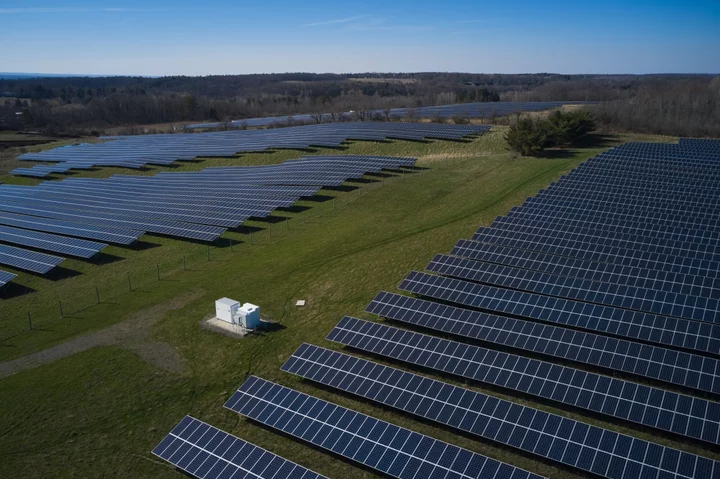Scientists have discovered one of the strangest exoplanets ever that is so light and fluffy that it is actually being compared to candyfloss (or cotton candy if you are American).
The planet is called WASP-193b and is 1,232 light-years away and was discovered by researchers at the University of Liège in Belgium. The findings of their study, led by astronomer Khalid Barkaoui has been published on arXiv.
The planet, which is believed to be a so-called gas giant is nearly 50 per cent bigger than Jupiter and is orbiting a Sun-like star named WASP-193, which the scientists believe is up to 6 billion years old.
Although this star is slightly bigger than our sun it is still said to have the same temperature but compared to Earth, WASP-193b orbits its star just every 6.25 days.
Sign up to our free Indy100 weekly newsletter
By studying the planet, Barkaoui and his team were able to determine that its density was around 0.059 grams per cubic centimetre. Earth's density per cubic centimetre for comparison, is 5.51 grams whereas candyfloss has a density of 0.05 grams.
There are few other examples of a planet like this existing but its close proximity to a star may give an indication as to how it came to exist as its heat is likely to have warmed up the planet's puffy atmosphere, which is mostly made up of hydrogen and helium.
This state of the planet is only set to last for around a few ten million years as the temperatures and winds emitted from the star are only likely to strip back the atmosphere further.
Due to this scientists cannot fully recreate or determine what is causing WASP-193b's unique atmosphere but is it likely to be a continued source of study to try and determine the cause of this phenomenon.
Have your say in our news democracy. Click the upvote icon at the top of the page to help raise this article through the indy100 rankings.









